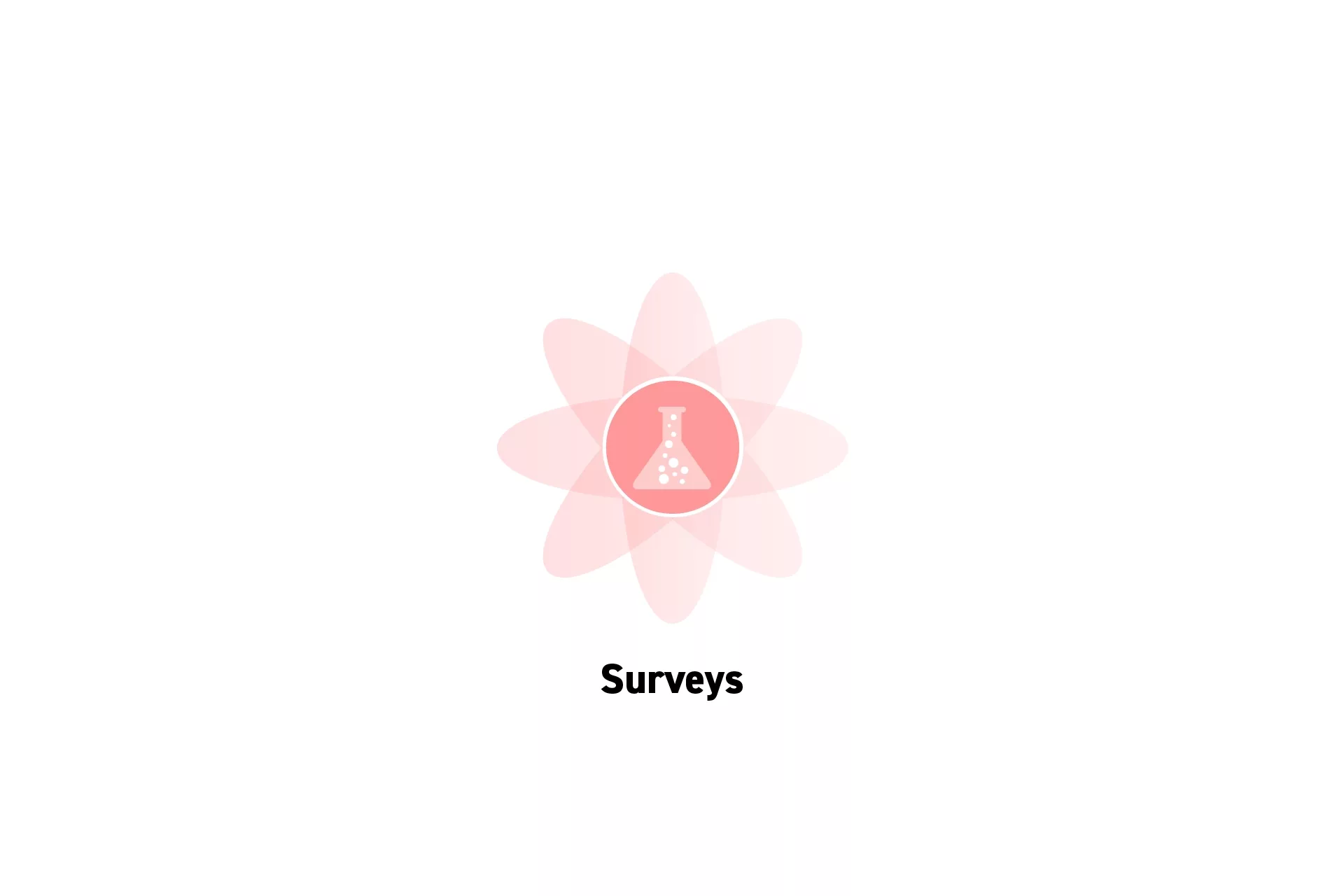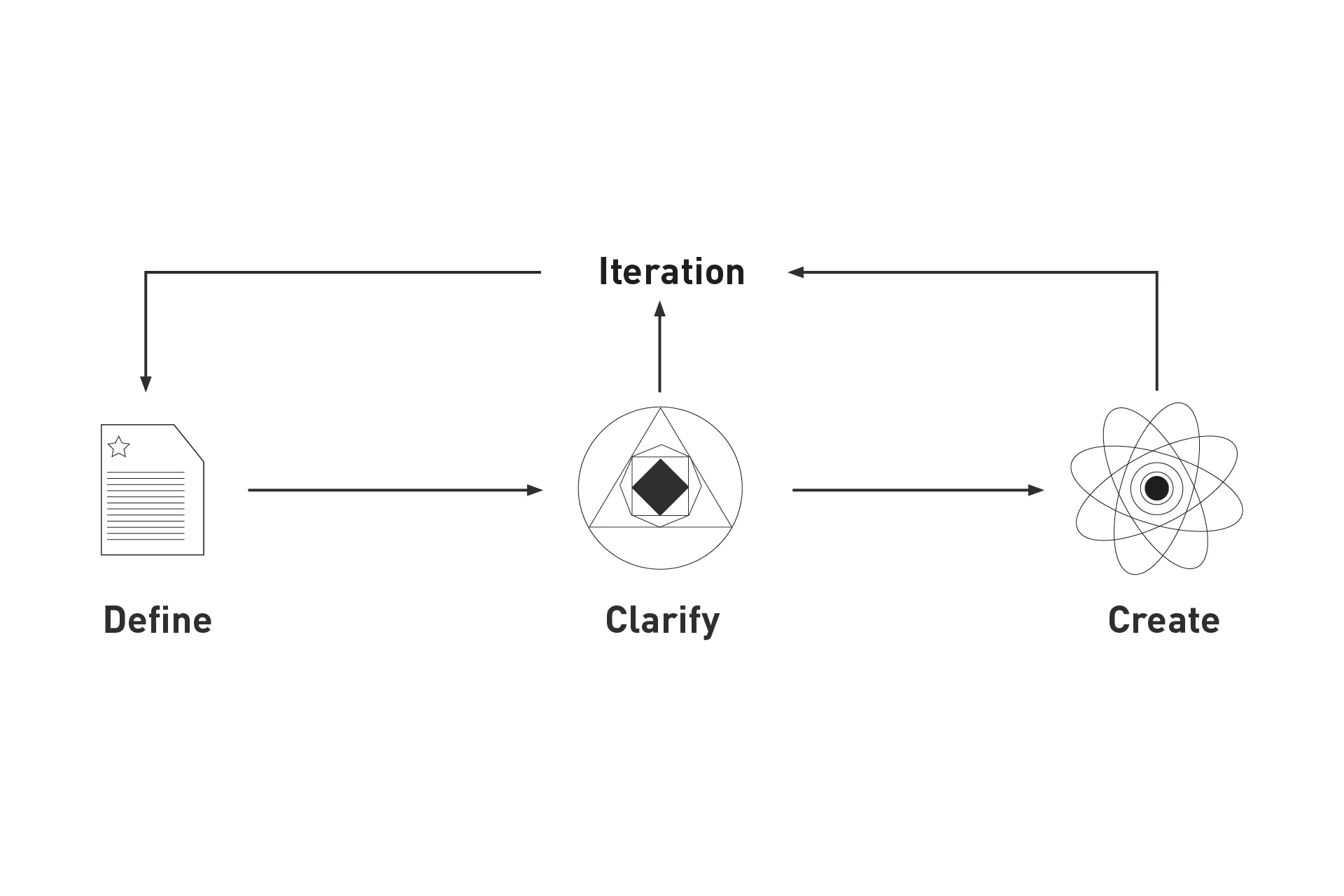How to create Surveys
A six step process to creating and carrying out surveys.

A six step process to creating and carrying out surveys.
SubscribeWhat are Surveys?Please note that steps three and four can be carried out in parallel.
Step One: Write a Hypothesis
In order to create a survey, you must define the problem that you are trying to solve or the idea that you want to validate.
Step Two: Define the target audience
Surveys are meant to give you a better understanding of the customers that you are trying to help or service.
These customers could also be seen as a collective within your target audience, which must be defined in order to make sure you gather the right people.
Please note that steps three and four can be carried out in parallel.
Step Three: Define the Survey
Write out the questions that you would like to ask your participants.
Step Four: Find the participants
Find the individuals that you are going to send the survey to.
The number of participants can range from 10 individuals to 5000+.
Step Five: Send the Survey Out
We recommend that you create an online survey and send it out to the participants.
You may wish to offer them a way to contact you in case they have questions as they are answering the questions.
Recommended survey tools include SurveyMonkey, Typeform and Google Forms.
Step Six: Evaluate the Results
Carry out qualitative and statistical analysis on the results, draw conclusions and evaluate the outcome.
To learn more about statistical analysis consult this link.
Additionally, we recommend that you consult our Methods for Synthesizing User Research article linked below to learn about design thinking products that could come out of the research that you have conducted.
These products are created using popular design research methodologies which are intended to help you and your organization innovate effectively.
Always remember, the work is never done

delasign's process
When carrying out surveys, it is important to note that they are neither a start nor an end.
They should serve as a means to learn more about what you are trying to do, how your customers feel or other questions which may help you refine your product, service, experience or hypothesis as you progress.
They are also capable of demonstrating that you should not pursue a feature or a product, service or experience - and that's OK.
Looking to learn more about Research and Strategy?
Search our blog to find educational content on research and strategy.